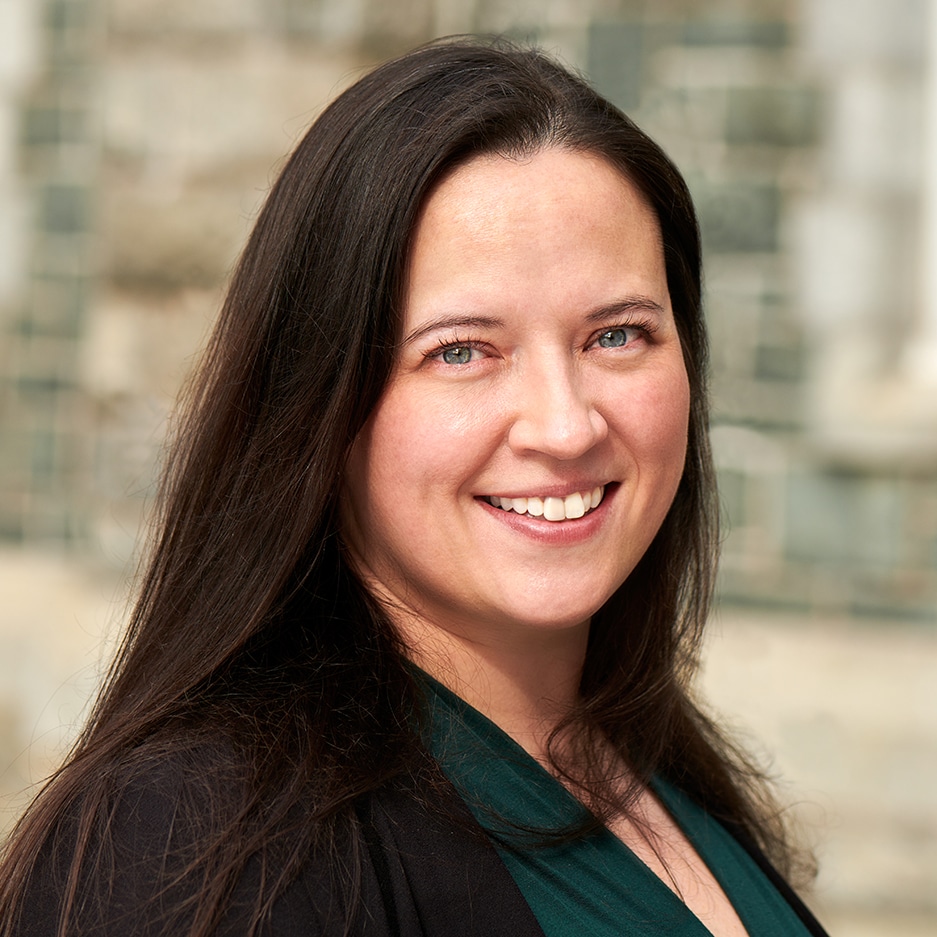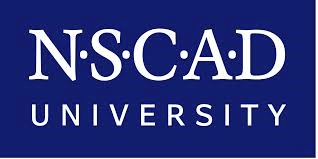Danielle Goodfellow
Saint Mary’s University
Danielle Goodfellow joined Saint Mary’s University in 2015 as the Industry Liaison Officer after working with fisheries and aquaculture organizations for nearly 10 years on research priorities and projects. She completed her Bachelor of Science degree at Dalhousie University and Master’s in Marine and Fisheries Science degree at Aberdeen University in Scotland. As the Industry Liaison Officer within the Office of Innovation and Community Engagement, Danielle is responsible for building research partnerships between industry and researchers, advising on funding and assisting with agreements at Saint Mary’s University, Mount Saint Vincent University and NSCAD University.
Website: www.smu.ca; nscad.ca; msvu.ca
Twitter: @smu_oice; @MSVU_Halifax; @NSCADUniversity
Instagram: www.instagram.com/smuhalifax; instagram.com/nscaduniversity; instagram.com/msvu_halifax
Let’s start with your background before coming to your current role.
I spent a lot of time around the water growing up and so it was a natural fit when I decided to study Marine Biology in Halifax. During my undergrad I took part in a co-operative program, which gave me different work experiences in labs and the field. I also studied in Scotland where I completed my Masters in Marine and Fisheries Science.
After graduating I worked for a not-for-profit and an industry association. I did field work at sea and on river systems. I also helped coordinate and manage numerous projects for the aquaculture industry in Nova Scotia.
What experiences did you have in that field?
I logged over 70 days at sea, mostly off the coast of Nova Scotia on a variety of fishing vessels, including herring seiners, trawlers and scallop dredges. I worked alongside fishermen and collected biological samples and measurements of fish and shellfish.
I spent a year developing a recovery plan for Atlantic salmon, which involved looking at historical fishing data and records. My field experience involved sampling, collecting and analyzing information about salmon at different life stages.
The most adventurous thing I have ever done in the field was traveling across the Atlantic Ocean a on a bulk carrier, which transports materials like coal and ore from different parts of the world. I collected ballast water samples from the tanks and prepared samples for different analysis on invasive species.
That must have given you a valuable perspective for your current job.
Absolutely, all of the organizations I worked with partnered with institutions and other industry partners to do research. Being exposed to this multi-partner approach to doing research reinforced the importance of building relationships.
Now, my work primarily focuses on partnership development. I aim to understand industry partners research needs and help to find the researcher expertise within the institutions. I also support new partnerships by identifying appropriate funding opportunities and assist with putting the agreements in place so the projects can get started.
Your role within the network is unique because you’re representing three institutions, Saint Mary’s University (SMU), Mount Saint Vincent University (MSVU) and the Nova Scotia College of Art and Design (NSCAD). Can you talk about what that’s like?
No two days are the same! I think the most exciting part about working for three institutions in the same role is that I get exposed to and learn about such a wide variety of research across many different fields. It makes the whole connecting aspect of my role even more exciting. I can see the potential for many inter-institutional projects. It is very rewarding when I can connect two researchers from different disciplines within and across the three institutions.
What are the hurdles of doing industry applied research in an arts college?
In the past, when I heard the word research, I focused on the traditional areas of science and engineering. Research has a much broader application and working for NSCAD has shown me that potential.
For example, the Design Division does work around branding and industrial design. Researchers work closely with their students and companies to intimately understand a company concept or prototype and help them overcome a challenge. Every aspect of that concept or prototype is evaluated, the dimensions, materials, textures, how it is used and packaged. There’s a whole sphere of research in the arts that can help shape a company and its future direction.
Why do you think research is important for any business?
Curiosity and research is what drives a business to change. The knowledge gained from projects provide solutions to company driven problems. By solving these problems businesses are able to better position themselves in the marketplace and remain competitive.
Research also creates a different kind of culture within a business. It brings people together from different parts of the company, they share ideas, connect with researchers and start approaching problems by thinking outside the box.
How does the Springboard network help you with that process?
Our office receives and shares research requests directly with the Springboard network. One benefit of having referrals come from your colleagues is that there is a clear understanding of what the company is hoping to achieve and with what resources. This helps fast track what research expertise is required.
The Springboard network is an excellent support system at all stages of the partnership process. No matter what question I have, I know I can count on the network for guidance.
What do you think is a misconception about Springboard?
Many people are surprised at the collaborative nature of the Springboard network. The most important thing that we can offer to our researchers and the business community as a whole is the best experience possible in working with the academic institutions. If the universities I work for can’t assist a company with a research question, I am only too happy to reach out to my Springboard colleagues to see who can help. At the end of the day we are building up the reputation of not just our institutions but the network.




